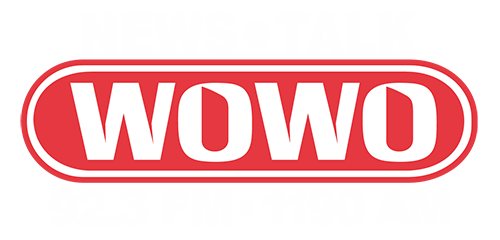Over the last several years, U.S. farmland prices have seen astounding gains, outperforming most other asset classes by a lot and leading some to speculate that farmland is the latest in a series of asset bubbles set to burst.
Foreign demand for meat: The rapidly expanding middle class of the developing world has a growing appetite for meat. While China has been able to meet its own demand, its grain production capacity is inadequate to feed its livestock, which cannot be sustained on grazing alone. Per-acre grain productivity is much lower in China than in the West, and so the country has turned to the U.S. and other large producers for feed grains.
This foreign appetite has led to a sharp increase in demand for corn and soybean-producing land in the U.S., and that pressure will only increase as the Chinese and other developing world consumers continue to increase their meat consumption. That points to the increasing importance of agricultural land.
Historically low grain supplies: The 2012 drought showed that supplies of corn and other grains are unusually low. Average stocks-to-use ratios — an industry standard for measuring the amount of supply cushion available to the market — is historically low and has been trending down over the decade. That indicates that growth in demand is generally outpacing supply, and price shocks like last year's will likely become more commonplace.
Historically low debt levels: During the 1980s, when farmland did go boom and then bust, the market saw high levels of debt. Farmers racked up loans and rushed to buy out their neighbors' properties before prices went any higher, leading to a crash in land values when grain prices faltered.
In this decade, however, farmers' debt levels are very low and stable. In addition, agricultural lending institutions and Farmer Mac have heeded lessons learned from the 2008 credit crisis and kept lending practices on the conservative side.
Technologically driven productivity gains: The per-acre production of U.S. farmland has grown consistently and rapidly for decades, outpacing both the productivity of agricultural sectors in other countries, as well as other industries in the U.S.
In this decade, many high-tech productivity drivers are emerging, ranging from the use of GPS for precision farming to the bioengineering of more efficient grain strains.
The trend hasn't gone unnoticed by the elites of the investment community – Ray Dalio's Bridgewater Associates holds a sizable position in Monsanto (MON_) and Warren Buffett's Berkshire Hathaway made a long-term bet on Deere & Co.
So how can a sophisticated investor benefit from this macro trend? Investing in established companies that dominate the industry is one route, the one taken by some high-profile names.
A more ambitious investor willing to take on more risk might also do well by picking winners from among smaller more volatile agricultural ventures springing up in the sector. Companies based outside the U.S., like Adecoagro and Cresud are examples, but one should weigh carefully the potential instability and political risks that loom over the agricultural sectors of developing countries.
The best way to benefit from rising land prices is the obvious one — to own a geographically diversified portfolio of land. There are unmatched advantages to directly owning farmland, including high reliable yields and tax advantages that other asset classes lack.
Owning land, however, is very involved. It comes with complexity many smaller investors don't think they can navigate on their own — CSR ratings, proximity to transportation and irrigation, working with land managers, protecting land from erosion, commodity hedging, complying with a multitude of state laws affecting absentee landlords and liquidity issues.
But for those motivated to finding opportunities in the Corn Belt, a gold rush for fertile land may be the investment frontier of the decade.
4 Reasons from TheStreet.com
